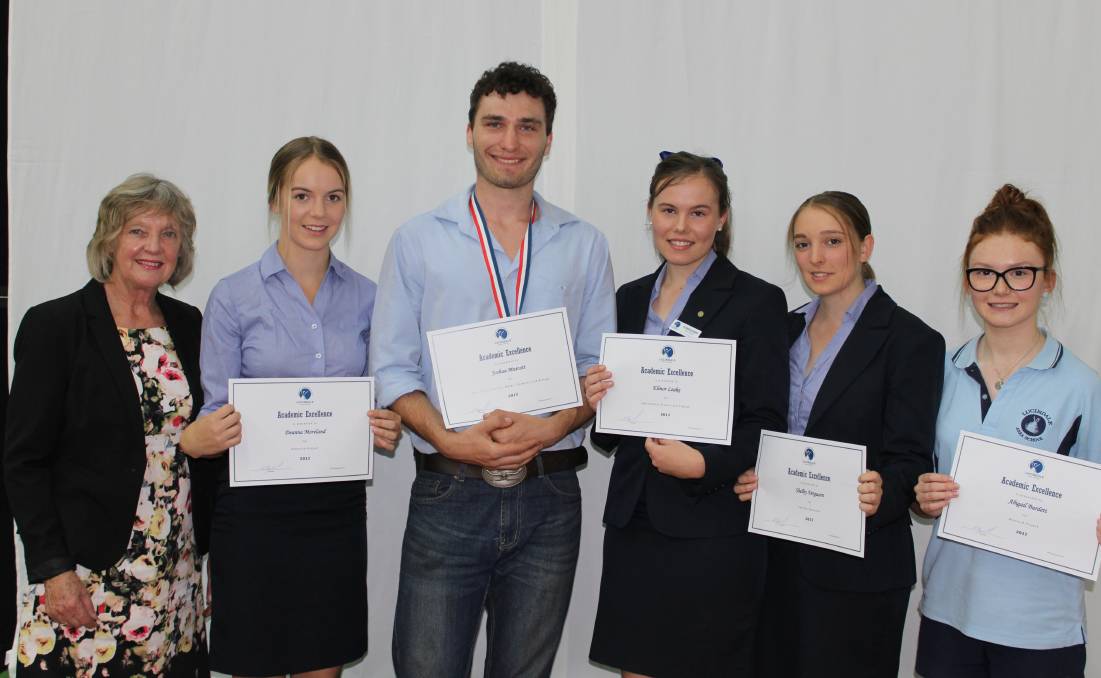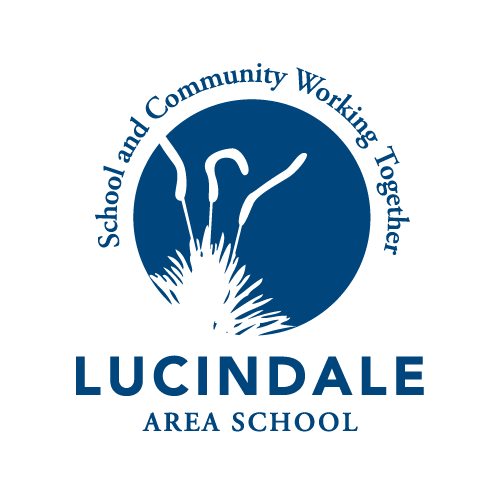
基本資料 | Information
The minutes of the Council of Education, December 17th, 1877, reported an application from Lucindale for the erection of a school, and as 45 children lived within a radius of 2 miles, this was approved. The records of 1879 show that the school was opened in 1878.
The teacher was F.T. Ritchie, there were 44 scholars, only one of whom had previously attended another school. The school fees received from the parents amounted to £5 8/6. In 1880, Lucindale became a public school. Miss Colbain was the first public school teacher appointed to Lucindale.
With a number of significant changes affecting the areas of Curriculum, Staffing and Facilities, 1989 saw the introduction of Senior School general academic courses where students in Years 11 & 12 could complete their education at Lucindale.
School Farm History
Yackadale Farm consists of 19 ha of farming land, sealed workshop facilities and shedding. The farm is dedicated to sustainable agriculture and is fenced according to soil type. The farm boasts a 1.1 hectare Cabernet Sauvignon and Pinot Vineyard and has a small winery, know as Yackadale Winery, in the original homestead on the property.
In 1978 the school commenced a two-year Certificate in Agriculture Course, which in 2012 was accredited as nationally recognised Certificate II in Rural Operations. Students are able to commence the Certificate in Year 11 and complete it by the end of their final year. Since its introduction, the course has undergone many changes and improvements. The course has been brought into line with the Education Department curriculum requirements of SACE (South Australian Certificate of Education) whilst retaining the Agricultural Practice (skill development in practical activities) component of the course. This subject module is seen by students as being highly relevant to Agriculture and is thoroughly enjoyed by all students undertaking the two year package.
The development of an Aquaculture facility has seen the school diversify its teaching to keep up with a developing industry in the South East of the State. The Aquaculture facility was developed in 1991 following the provision of funds from the Schools’ Technology Education Program (STEP) and Country Areas Program (CAP). With the farming community looking at diversification, particularly in view of falling commodity prices for cereals and wool/sheep, this innovative development was both timely and popular.
